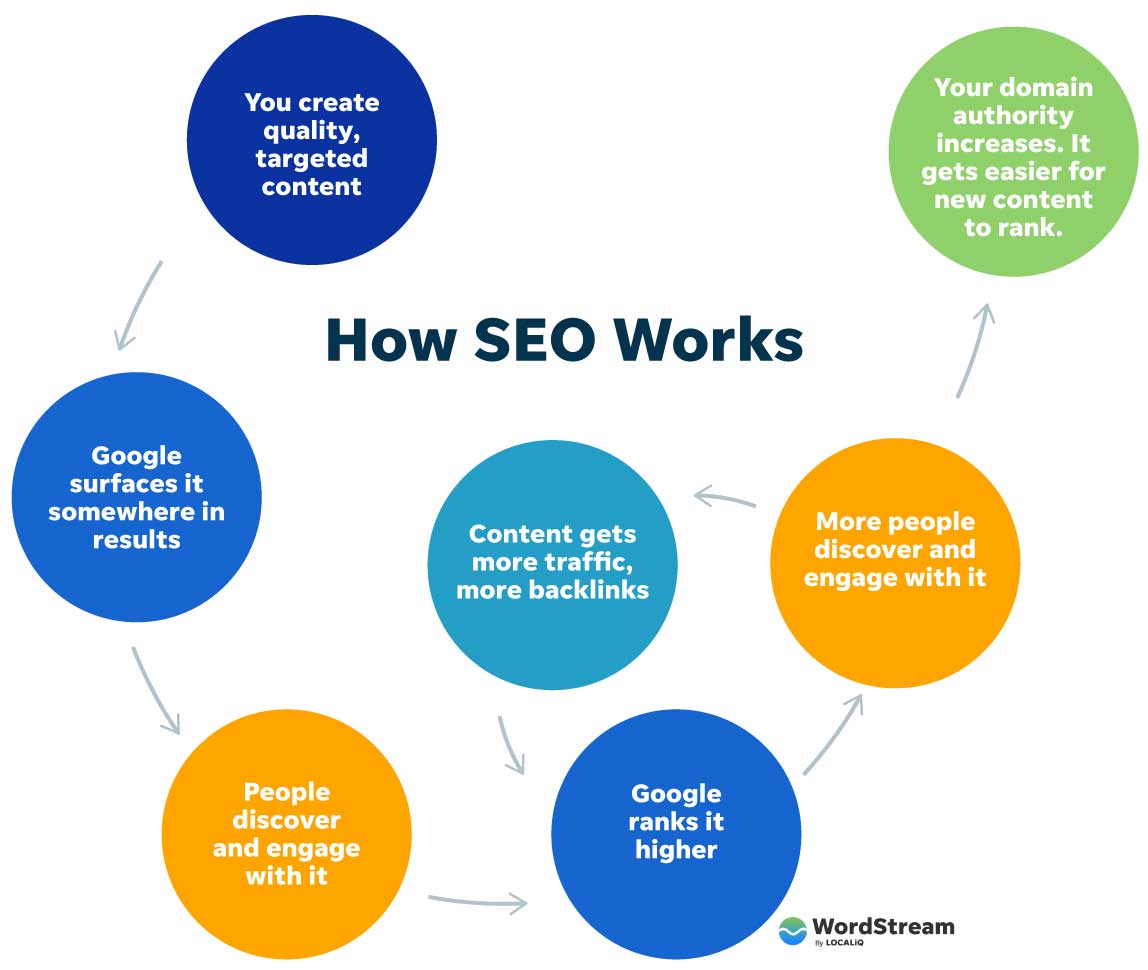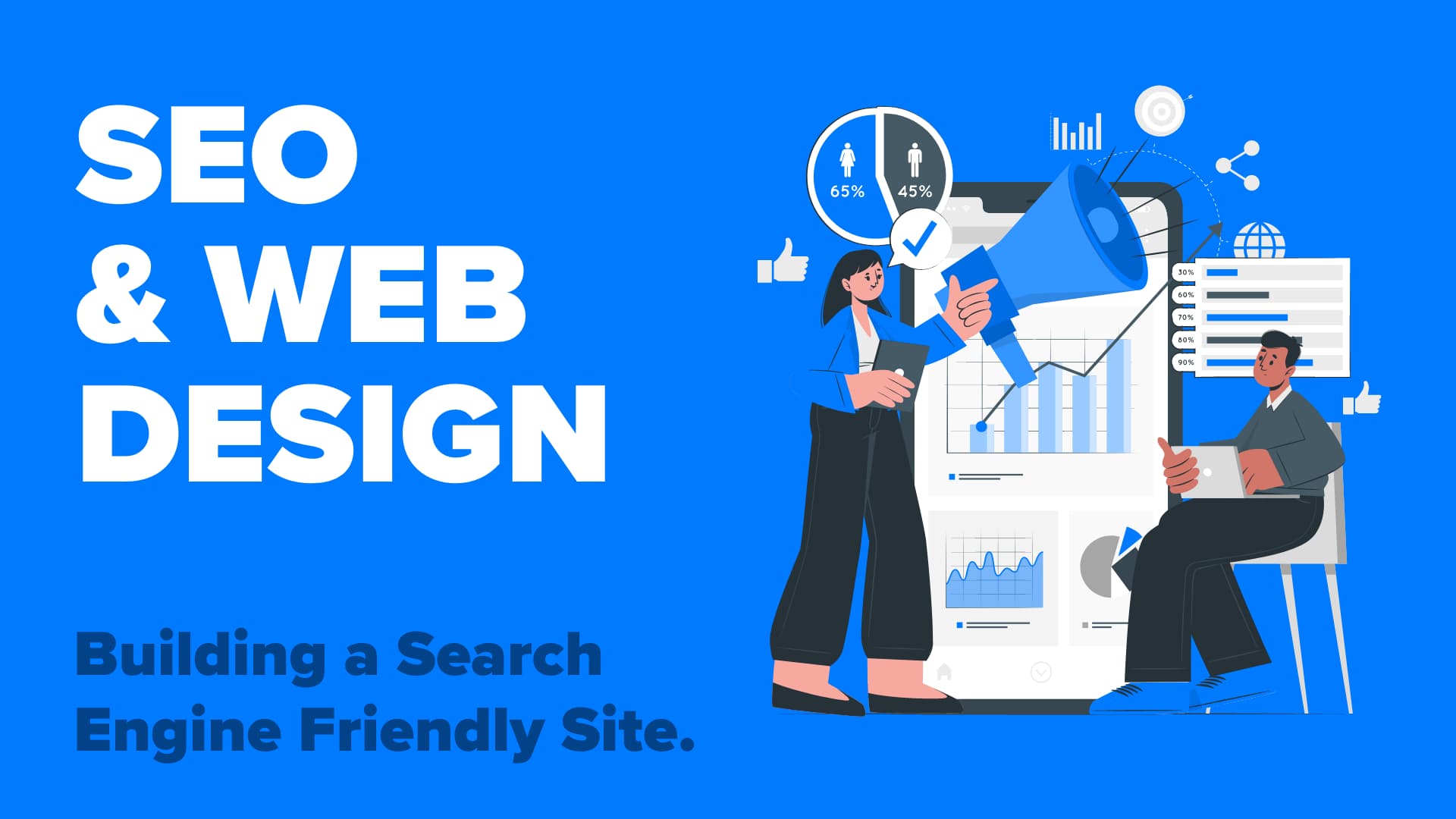Revealing What Is Not Considered a Default Medium in Google Analytics
Revealing What Is Not Considered a Default Medium in Google Analytics
Blog Article
Assuming Outside the Box: Leveraging Unique Tools to Enhance Google Analytics Efficiency
In the world of electronic marketing, the mission for improved Google Analytics performance has become a tactical essential for businesses seeking to improve their on the internet presence. Conventional techniques frequently fall short in capturing the complete spectrum of client communications and actions. By exploring unusual tools as avenues of information collection, a new world of possibilities arises. These undiscovered territories use a wealth of untapped understandings that might possibly reinvent the way we recognize and enhance our digital techniques.
Distinct Data Sources

CRM systems, for instance, can give understandings right into specific consumer communications, purchase history, and preferences, which can be incorporated with Google Analytics data to create more customized advertising techniques. Social media site systems use useful data on customer demographics, rate of interests, and engagement metrics, permitting services to assess the efficiency of their social media projects and optimize web content for much better performance. Email advertising information, consisting of open rates, click-through rates, and conversion metrics, can also be leveraged to track user involvement and habits beyond website communications captured by Google Analytics. By leveraging these special information sources, businesses can fine-tune their approaches, enhance targeting initiatives, and enhance general Google Analytics efficiency.
Social Media Insights

Additionally, social media analytics tools make it possible for services to track key efficiency signs, monitor project effectiveness, and gauge the effect of their online tasks. Understanding the demographics of fans, identifying preferred material motifs, and examining engagement degrees can help organizations tailor their advertising and marketing approaches for much better outcomes.
Offline Advertising Integration
Incorporating offline advertising techniques with digital analytics can boost overall campaign efficiency and offer an extra comprehensive understanding of customer behavior. what is not considered a default medium in google analytics. By connecting the void between online and offline efforts, organizations can track the effect go to this web-site of traditional advertising his response networks such as print ads, TV commercials, straight mail, and events on their on the internet presence

Moreover, applying phone call radar for offline marketing activities makes it possible for services to catch important data on consumer questions created via published ads or materials (what is not considered a default medium in google analytics). By assessing call information alongside online metrics in Google Analytics, services can obtain deeper understandings into the consumer journey and maximize marketing methods for improved efficiency across all channels
IoT and Wearable Modern Technology
Using IoT and wearable modern technology in digital analytics can revolutionize data collection and consumer insights for businesses looking for a much deeper understanding of individual actions patterns. These ingenious modern technologies provide a smooth way to gather real-time information from various touchpoints. IoT gadgets can track customer interactions with service or products, offering useful information on usage patterns and choices. Wearable technology, such as smartwatches or physical fitness trackers, can use insights right into customer activities, health and wellness metrics, and also area data.
Gamification Techniques
The implementation of gamification techniques in digital analytics provides an ingenious approach to improving customer involvement and driving actionable insights for businesses. By incorporating game-like elements such as points, badges, leaderboards, and rewards right into the analytics interface, companies can encourage individuals to interact more regularly and meaningfully with the data.
Gamification motivates individuals to check out different features of the analytics platform, revealing valuable understandings that could have or else gone unnoticed. With interactive challenges and progress tracking, customers are incentivized to dive much deeper right into the data, resulting in enhanced time spent on the system and a greater probability of finding key patterns or patterns.
In addition, gamification can foster a sense of competition among individuals, stimulating them to strive for higher efficiency and interaction levels. This affordable spirit can drive boosted individual adoption prices and a much more extensive utilization of the analytics devices offered. Ultimately, by leveraging gamification approaches in digital analytics, businesses can develop a much more efficient and interesting atmosphere for users, causing more enlightened decision-making and enhanced total performance.
Conclusion
Finally, leveraging unconventional tools such as unique data resources, social media understandings, offline advertising integration, IoT and wearable innovation, and gamification approaches can optimize Google Analytics performance. By assuming outside package and exploring these alternate resources of information, businesses can get beneficial insights and enhance their general marketing techniques. It is very important for companies to constantly check out brand-new means to gather data and evaluate it in order to remain in advance in the ever-evolving electronic landscape.
By integrating information from resources such as consumer partnership management (CRM) systems, social media platforms, and email advertising and marketing campaigns, services can obtain a much more extensive understanding of their target market actions and involvement patterns. Social media systems check this site out offer valuable data on user demographics, interests, and engagement metrics, allowing businesses to assess the performance of their social media projects and maximize material for much better performance. By leveraging these distinct data sources, businesses can improve their strategies, boost targeting initiatives, and improve general Google Analytics performance.
Exploring social media understandings can give services with useful information on individual demographics, interests, and engagement metrics, permitting for notified decision-making and tactical optimization of marketing efforts. By assuming outside the box and checking out these alternate sources of information, services can acquire valuable understandings and enhance their overall marketing techniques.
Report this page